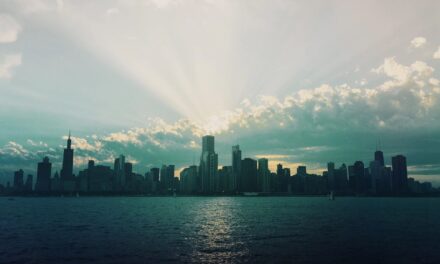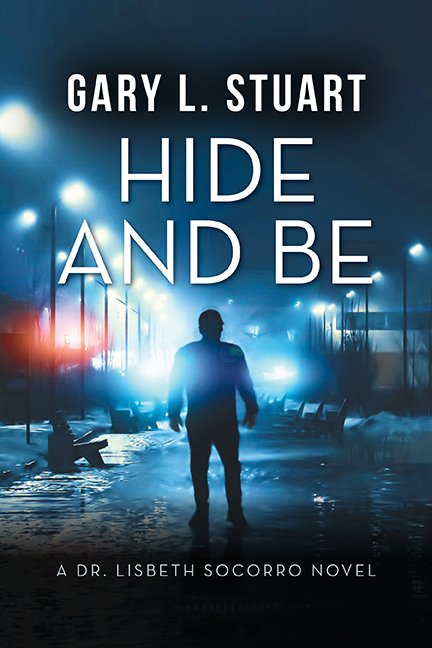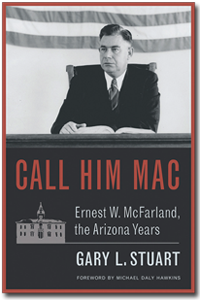“Begin at the beginning,” the King said, very gravely, “and go on till you come to the end: then stop.”[1] America in the era of Black Lives Matter, Police Reform, and Stand Your Ground politics is not Alice in Wonderland, but we have to start somewhere. So, I’ll start at the beginning. Gene Autry is dead and so is his famous motto, “Don’t Shoot First.” In today’s political, cultural, and anxious world, that is bad advice, and not just for cops.
There was a time when most cops were good, a few were bad, and a handful were horrid. That’s where we are now. While not self-revealing, the truth is we still have good cops and we’re beginning to call out bad apples. The reality is that most cops are good, depending on how you define “good.” When used as an adjective, it means, “to be desired or approved of.” It’s also a noun, as in “that which is morally right—righteousness.” When writing informally, good might sound like this, “the cop on our block is good, he only bends his knee in church.”
Ethical writers must write “in context.” Writing in context demands careful and honest description of the circumstances surrounding the event, idea, or statement we’re making. We owe our readers context to understand our narrative. When writing about good, bad, or indifferent cops, we have to put them in context; not abstractly. That’s ethical norm number one on this topic.
Pundits, ordinary folk who write letters-to-the-editor, tweeters, and social media devotees, too often dive too quickly into the “good-cop, bad-cop narrative.” They think, write, and speak out of context. They too often think the narrative is binary—a cop is either good or bad. But it’s not a binary choice. The antonym for binary is singular. But that’s not context, that’ just grammar. Grammar is how words are inflected, conjugated, declined according to aspect, degree, gender, mood, number, person, tense, etc. Word choice is the second ethical imperative on this topic.
As of 2020, California had the largest number of police officers in the country—93,682. Vermont had the smallest force—1,009. Nationally, we have 718,217 state and local police officers.[2] As of 2016, the federal government employed 132,000 sworn police officers with the power to make arrests.[3] Ballpark, that totals over a million “cops.” There is no statistical data suggesting or guessing at how many are “good.” However, in 2019, USA TODAY led a national effort to publish disciplinary records for police officers because George Floyd’s death demanded transparency. Their study found at least 85,000 law enforcement officers across the USA had been investigated or disciplined for misconduct over the past decade.
While “misconduct” is vague, it’s a stand-in for separating the many good cops from the few horrid ones. Do the math. We have about 900,000 police officers on duty. 85,000 were disciplined by their agencies. Does that mean 815,000 were good cops? Maybe not. Maybe many cases of misconduct were swept under police department rugs, or canceled by police unions. Nonetheless, reliable data supports the clear reality that police misconduct is not rampant in America. What is rampant in America is racism and white nationalism in many walks-of-life, including police patrol.
A better approach to the good cop—bad cop question is how many lives are saved by police, how many crimes are solved, and how many “bad” guys and gals are taken off the streets. That number is equally elusive because the data is mired in law enforcement’s arrest role. Cops don’t decide guilt or innocence. That’s the judiciary’s role. Even so, it’ fair to assume that we have many more good cops than we have bad ones.
The important context is police training. In a more peaceful era, cops were trained to make arrests grounded in the legal notion of “probable cause.” But that lofty judicial norm is sometimes blurred in the life and death reality of arresting armed suspects. Few doubt the right of a policer officer to shoot back when shot at. Gene Autry still lives in police training venues to that extent. The more difficult question is when can they shoot first. Only when they are sure the suspect has a gun? Or is it enough to be afraid the suspect has a gun? Gene was always sure. He not only didn’t shoot first, he didn’t draw first. That quaint movie version is history. Today’s cops draw first, then look see, then shoot. It’s that middle moment—looking and seeing—that replaces the movie quick-draw action.
To shoot or not to shoot is a question police officers ask and answer every day. The “when” to shoot question is only partially answered in police training and written protocols. The answers vary with the situation—resisting arrest—fleeing arrest—suspicion.[4]
If a suspect resists arrest, most protocols insist that cops make sure the suspect knows that he is being arrested by a sworn police officer and there is no other to make the arrest or subdue the suspect without using deadly force. If the suspect flees arrest, the protocols typically differentiate between misdemeanor arrest and felony arrest. If the cop is arresting a felon, he may “use” his gun to stop the flight. The law allows the use of deadly force if the arrest could not be made without it. If the officer is acting on suspicion, most courts rule that the officer acts at his peril and often refuses to justify the use of deadly force if the suspect turns out to be an innocent person.
One lesser-known protocol is known as the 21 Foot Rule. It’s based on dubious research for when to shoot a suspect. “When a suspect comes within 21 feet of an officer, they can inflict harm before the cop has time to react. Presumably officers try to distance themselves from the suspect.”[5]
Then there’s the Fleeing Felon Rule. The old version allowed cops to use deadly force on a fleeing person suspected of a felony. But the U.S. Supreme Court changed that in 1985, holding that officers cannot shoot unarmed, non-dangerous suspects because they might escape. In Tennessee v. Garner, the court held that under the Fourth Amendment, a police officer may use deadly force to prevent the escape of a fleeing suspect only if the officer has a good-faith belief that the suspect poses a significant threat of death or serious physical injury to the officer or others.[6]
When writing about use of force protocols, writers need to understand there is no single, universally agreed-upon definition of use of force. The International Association of Chiefs of Police describes use of force as the “amount of effort required by police to compel compliance by an unwilling subject.”[7] In or out of context, that protocol is as useless as it is dangerous. It favors police over suspects. It always vindicates police action while ignoring suspect vulnerability. Sadly, police receive only guidance, not wisdom, or good judgment from training units.
Context is vital when writing about police shootings. No two situations are the same, nor are any two officers. In a potentially threatening situation, the good cop will quickly tailor a response and apply force, only if necessary. Situational awareness is essential, and officers must be trained to judge when a crisis requires the use of force to regain control of a situation. The bad cop will apply whatever force he can. The suspect has no choice.
In most cases, time becomes the key variable in determining when an officer uses deadly force. Sadly, for some officers time is not the key variable—skin color is. As is true in all jobs, police forces include racist officers. More often than not, they shoot first when the suspect is black but hold their fire when the suspect is white.
Recognizing that racism plays a role in police violence is easy, but only abstractly. Fact is government agencies have never tried to quantify the amount of white supremacist violence that actually exists in our society. We do not know the extent of explicit racism in law enforcement. We do have quantifiable data “showing that police violence is used disproportionally against people of color, and we know that explicit racism continues to be a problem with law enforcement.” The FBI has acknowledged the links between white supremacist groups and law enforcement for years.[8]
Recognizing racism’s role in policing is context. We can’t differentiate between good cops and bad ones without it. Hate trumps law in many places.
[1] Lewis Carroll, “Alice in Wonderland”
[2] https://www.statista.com/statistics/750805/number-of-state-and-local-police-in-the-us-by-state/
[3] Ibid.
[4] https://scholarlycommons.law.northwestern.edu/cgi/viewcontent.cgi?article=3737&context=jclc
[5] https://www.businessinsider.com/heres-what-police-are-trained-to-do-when-confronting-suspects-2015-4
[6] 471 U.S. 1 (1985)
[7] https://nij.ojp.gov/topics/articles/overview-police-use-force Citing, International Association of the Chiefs of Police, Police Use of Force in America, 2001, Alexandria, Virginia, 2001.
[8] https://www.brennancenter.org/our-work/research-reports/confronting-explicit-racism-law-enforcement

I am an author and a part-time lawyer with a focus on ethics and professional discipline. I teach creative writing and ethics to law students at Arizona State University. Read my bio.
If you have an important story you want told, you can commission me to write it for you. Learn how.






 I am an author and a part-time lawyer with a focus on ethics and professional discipline. I teach creative writing and ethics to law students at Arizona State University.
I am an author and a part-time lawyer with a focus on ethics and professional discipline. I teach creative writing and ethics to law students at Arizona State University.  My latest novel is Hide & Be.
My latest novel is Hide & Be.  If you have an important story you want told, you can commission me to write it for you.
If you have an important story you want told, you can commission me to write it for you.